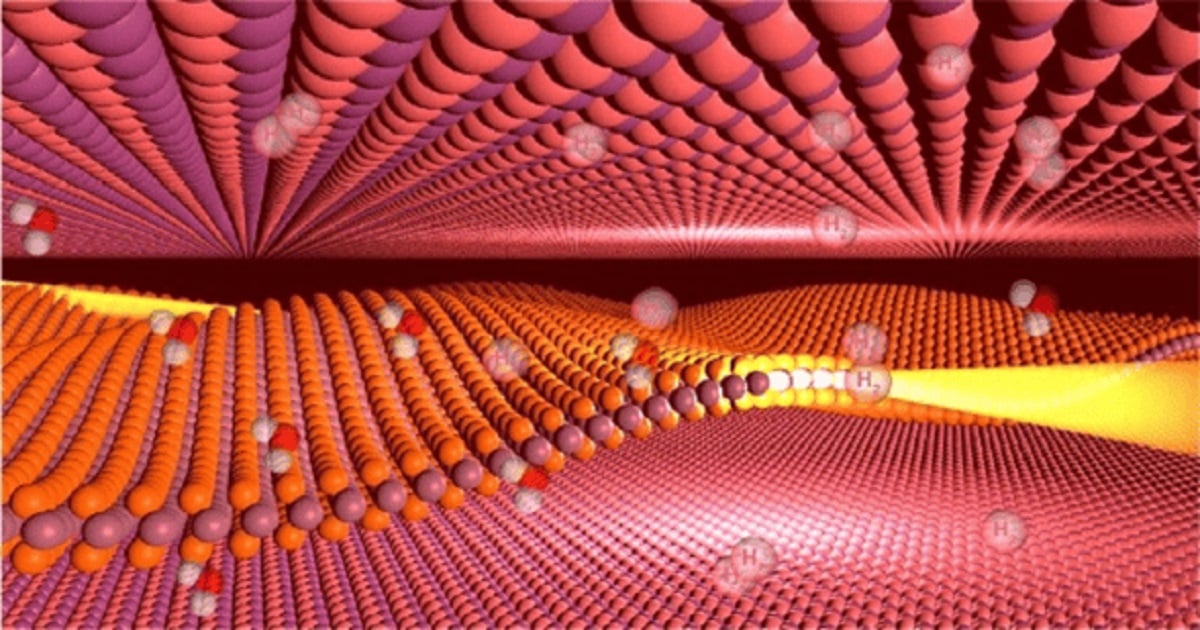Synthesis and Modification of Transition-Metal Dichalcogenides (TMDs) for Energy and Sensing Applications
A special issue of Materials (ISSN 1996-1944). This special issue belongs to the section "Advanced Nanomaterials and Nanotechnology".
Deadline for manuscript submissions: 31 March 2025 | Viewed by 223

Special Issue Editors
Interests: 2D materials; MoS2; MXene; photocatalysis; gas sensing; wastewater treatment; colloid chemistry; surface modification; nanomaterials
Special Issue Information
Dear Colleagues,
Our Special Issue is focused on advances in graphene and 2D materials, including MXene, transition-metal dichalcogenides (TMDs), etc. The unique properties of 2D materials have been leveraged in the energy sector, sensors, wearable technology, environmental remediation, and more, owing to their subnanometer thickness and tunable chemical, physical, and electronic properties.
The scope of this issue ranges from the synthesis, characterization, and surface modification of 2D materials to its practical applications. This issue focuses on the both scientific and engineering aspects of graphene and 2D materials with fundamental properties and the accomplishment of state-of-the-art photo- and electrocatalysts for water splitting, CO2 reduction, pollutant degradation, and gas sensing.
This Special Issue aims to provide a comprehensive overview of recent advances in graphene- and 2D-material-based catalysts, including their synthesis, characterization, and catalytic applications. We welcome contributions related to topics such as the following:
- TMDs-based photocatalysts for water splitting and CO2 reduction;
- TMDs-based photocatalysts for organic pollutant degradation;
- Surface modification of 2D materials for enhanced catalytic performance;
- Theoretical studies on the electronic and optical properties of 2D TMD materials;
- Two dimensional composites for improved catalytic and sensing performance.
We hope that this Special Issue will stimulate further research in the field of 2D-based catalysts/devices and promote their practical applications in environmental and energy-related areas.
Dr. Muhammad Ikram
Dr. Shahzad Afzal
Guest Editors
Manuscript Submission Information
Manuscripts should be submitted online at www.mdpi.com by registering and logging in to this website. Once you are registered, click here to go to the submission form. Manuscripts can be submitted until the deadline. All submissions that pass pre-check are peer-reviewed. Accepted papers will be published continuously in the journal (as soon as accepted) and will be listed together on the special issue website. Research articles, review articles as well as short communications are invited. For planned papers, a title and short abstract (about 100 words) can be sent to the Editorial Office for announcement on this website.
Submitted manuscripts should not have been published previously, nor be under consideration for publication elsewhere (except conference proceedings papers). All manuscripts are thoroughly refereed through a single-blind peer-review process. A guide for authors and other relevant information for submission of manuscripts is available on the Instructions for Authors page. Materials is an international peer-reviewed open access semimonthly journal published by MDPI.
Please visit the Instructions for Authors page before submitting a manuscript. The Article Processing Charge (APC) for publication in this open access journal is 2600 CHF (Swiss Francs). Submitted papers should be well formatted and use good English. Authors may use MDPI's English editing service prior to publication or during author revisions.
Keywords
- 2D materials
- MXene
- transition-metal dichalcogenides
- graphene
- surface modification
- photocatalysis
- environmental remediation
- sensing
Benefits of Publishing in a Special Issue
- Ease of navigation: Grouping papers by topic helps scholars navigate broad scope journals more efficiently.
- Greater discoverability: Special Issues support the reach and impact of scientific research. Articles in Special Issues are more discoverable and cited more frequently.
- Expansion of research network: Special Issues facilitate connections among authors, fostering scientific collaborations.
- External promotion: Articles in Special Issues are often promoted through the journal's social media, increasing their visibility.
- e-Book format: Special Issues with more than 10 articles can be published as dedicated e-books, ensuring wide and rapid dissemination.
Further information on MDPI's Special Issue polices can be found here.







